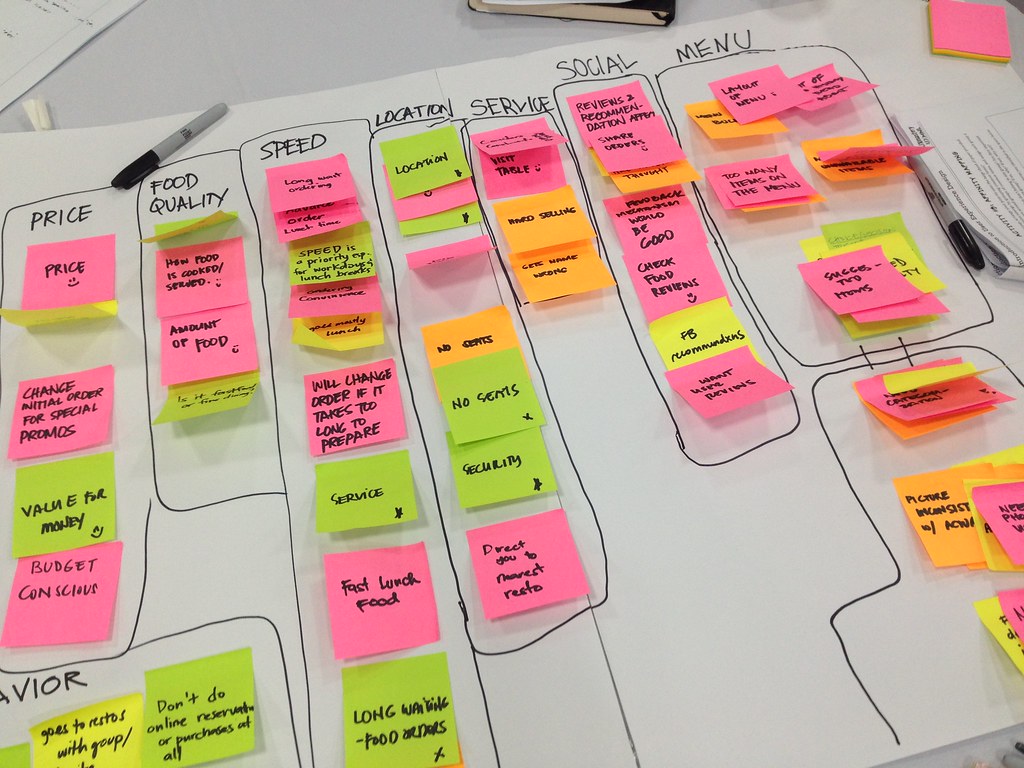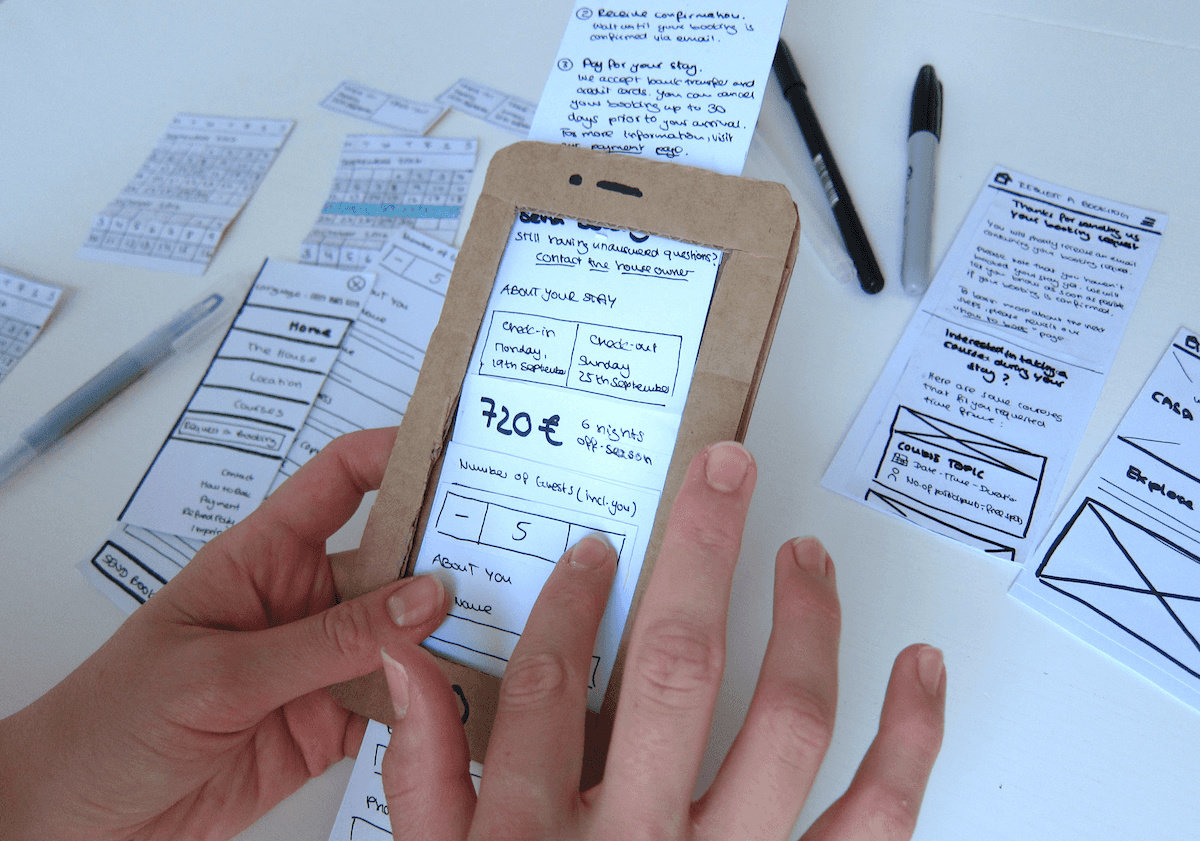Strategies for UCD
Users have a central role in evaluating whether the product meets their wants and needs. There are strategies that we use to conduct research.
PRIMARY AND SECONDARY RESEARCH
Difference between primary/secondary research
- Primary - collection and analysis of original information. Examples of primary research include user trial, user research, field trials, product analysis, and observation
- Secondary - use of existing information (using the internet) examples include literature searches and web searches
QUALITATIVE AND QUANTITATIVE RESEARCH
Difference between qualitative and quantitative research
Field research
- a first hand observation of customer's user experiences, conducted in the user's environment
- can be field trials, ethnographic interviews, or observations in the real world
- field researches conduct takes place in the participant's environment - such as a homework, store, bank or hospital.
- it is qualitative as it is an observation and not something that can be measured
- biggest downside to field research is the cost, as it could get very expensive to conduct specialised tests
- this method requires sample users selected to represent the extremes of the user population plus one or two intermediate values.
- is used to define the range of a user population
- Deciding whether to use the 5th, 50th, or 95th percentile value depends on what you are designing and who you are designing it for.

Examples of design situations 
Designing for a range of people
Observation, interviews, and focus groups
- user trial where the intended client uses the product and the expert observes - can be in the field (natural environment) or in a lab (controlled environment)
- Advantages include the unveiling of usability issues
- Disadvantages include the difficulty of analyzing data
- Focus groups are groups of people that share similar traits that are questioned to get results from a specific group; they are a facilitated sessions with a number of individuals from your target audiences brought together to discuss specific elements of your digital offering and customer service
 |
| Advantages and disadvantages of observations |
 |
| Advantages and disadvantages of focus groups |
 |
| Design process regarding observation |
Questionnaires
- the user only answer questions posed to them about a product or context, but they do not have the actual product nor can they test the actual product
- a graphical tool that identifies a general theme to collect facts, opinions and ideas, has brainstorming purposes
- Data is expressed in creating clusters and groups of common information.

 |
| Organising thoughts into patterns |
Participatory design, prototype and usability testing sessions
- involving target users in the design process, seeks to include the intended users either in the research, concept, design or production of an outcome. It does not just ask users opinions on design issues, but actively involves them int he design and decision-making process.
- actively involving all stakeholders (eg.employees, partners, customers, end users) in the design process to help ensure the result meets their need and is useable
- Paper prototyping is a variation of usability testing and example of participatory design where representative users perform realistic tasks by interacting with a paper version of the interface - the benefits include that it is cheap and quick and easily disposable
 |
| Example of of a paper prototyped phone |
- Usability labs are environments where users are studied taking part in focus groups or some form of participatory design. Usability testing is carried out in a usability laboratory.
- Usability labs are set up for testing , as they are more controlled.
- Natural environments are environments in which the user is already comfortable and familiar with, as opposed to a usability lab. The user will be allowed to test products in the comfort of their homes or place of work and monitor them remotely.
Testing houses versus usability laboratories
- Advantages of natural environments: solicit data from real and intended contexts, usability is tested in the intended environment.
- Disadvantages of natural environments: biased opinions from the observers and mostly qualitative data is collected.
- Advantages of usability labs:
Helpful links:
http://www.designkit.org/methods








No comments:
Post a Comment